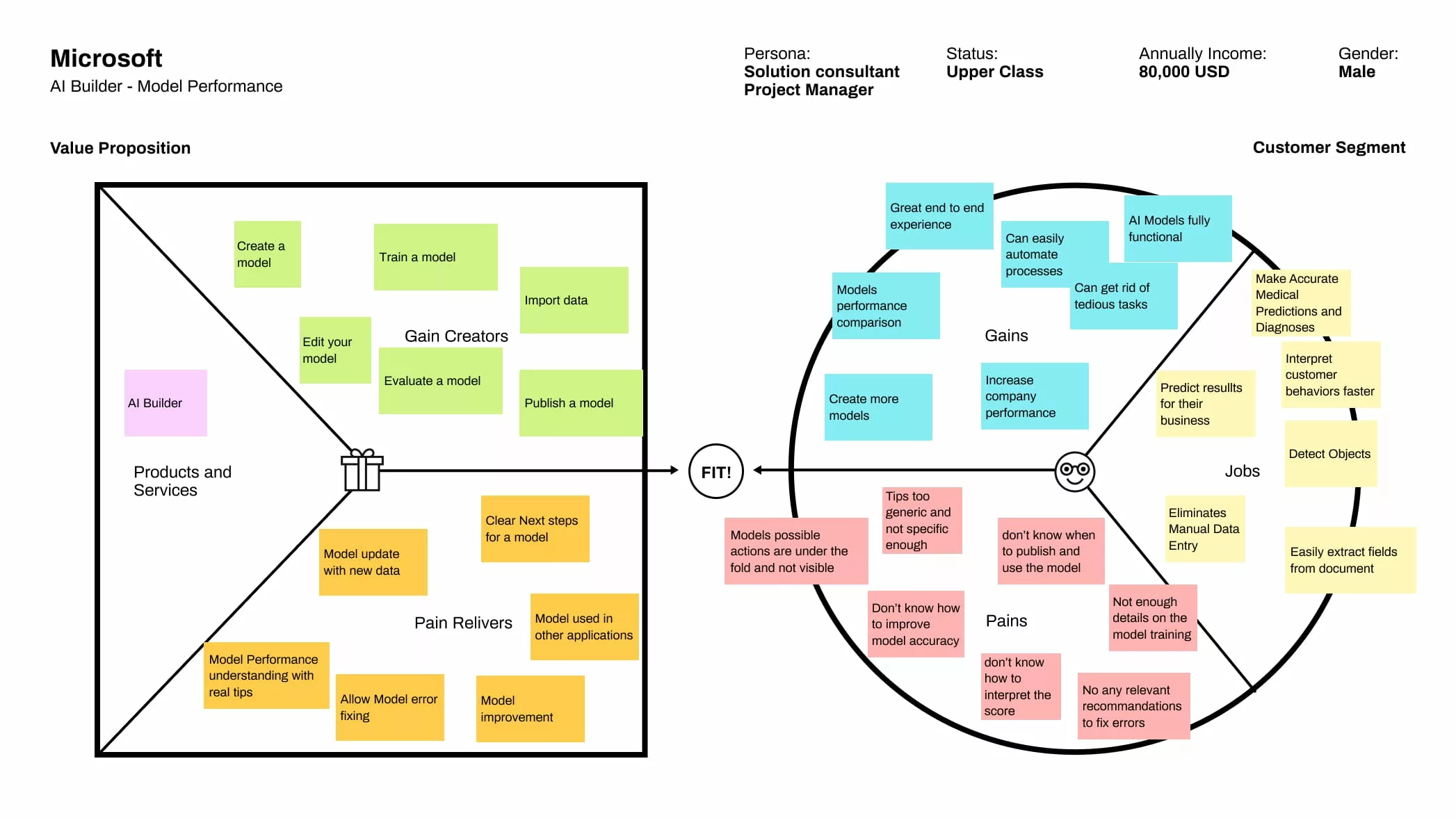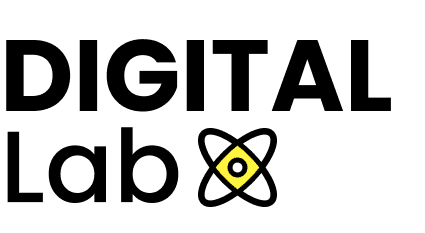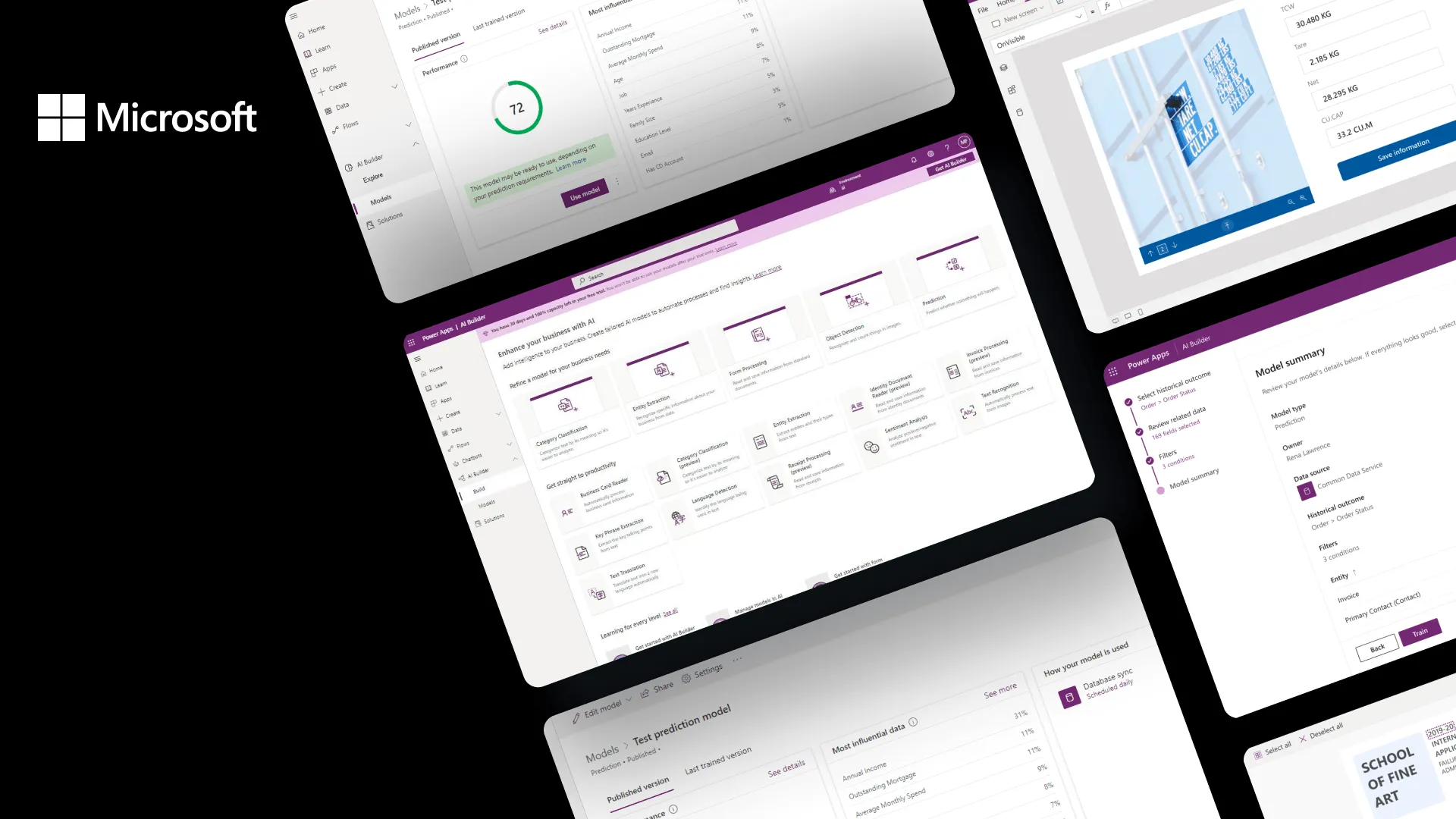Some aspects of this study are not fully explained or visible in detail in order to uphold the protection and confidentiality of the client's information.
Project context
We supported the product teams in France and the United States in the creation of a new artificial intelligence platform enabling companies to build AI models.
For the launch of this platform and its first release we had to consider the experience of 4 pre-defined AI journeys (prediction, form processing, object detection, category classification) aimed at non-experts in Data Science.
Methodology
We were integrated into the on-site product teams to establish work processes (rituals standups collaborative workshops design review design sprint hackathon synthesis and presentation of studies to the teams backlog and sprint planning...)
Discovery phase :
Vision workshops
Interviews with expert Data Scientists
Definition of the workflow (list of possible actions)
Benchmark of competing solutions
Synthesis of key insights
Presentation of work axes/opportunities to product teams
Prioritization of opportunities/features (impact/effort matrix)
Creation of a backlog
Definition of the roadmap in collaboration with Product Owners.
Goals and challenges
Deliver a functional version of the application for the official launch at the Microsoft Business Application Summit
Create a simple experience for a complex solution
Build a new platform and compete with well-established players (Google ML Salesforce Einstein AWS Machine Learning) and differentiate in the banking healthcare and retail sectors
Enable users to select the right scenario based on their business needs.
Allowing them to create an AI model in just a few clicks using a clear workflow.
Training the model and measuring its performance before it can be used on applications.
Determining the information that allows the user to better understand the performance of their AI model.
Being able to compare the performance of two AI models and facilitate decision-making.
Being able to use an AI model to automate tasks and make predictions.

Delivery phase :
User journey mapping (userflows persona blueprint empathy map)
Definition of use cases (golden path error cases)
Wireframes design
Functional prototype
Validation of proposals with stakeholders
Creation of HD UI mockups / Design System
Recruitment of users
Writing the test protocol
User testing
Iterative process post user testing (test & learn)
Validation of the final UI
Tools and technology used :
Miro for centralizing information from different studies
Figma for producing wireframes high-fidelity mockups and prototypes
Microsoft DevOps for tracking daily tasks and prioritizing them (backlog sprint planning team velocity)
Teams for conducting remote interviews user testing and workshops with English-speaking teams
PowerPoint for presentation reports.
Results
- Increase in model publications through more specific recommendations
- Creation of model versioning through clear guidance for importing data error correction
- Increase in platform registrations due to stronger product adoption

